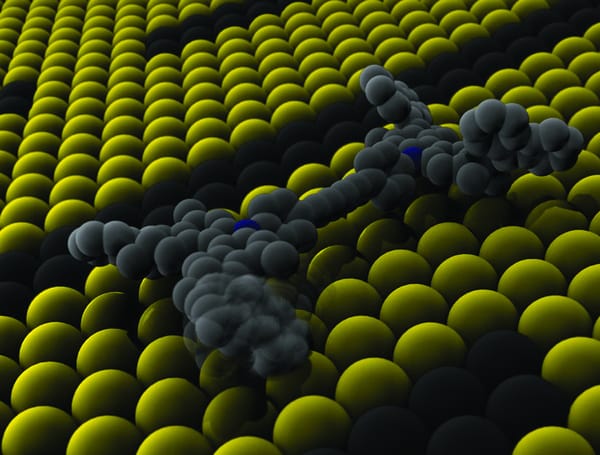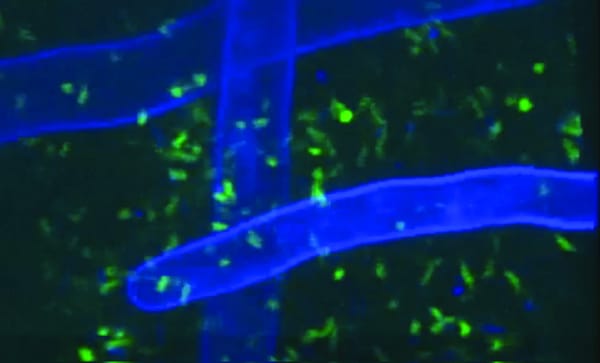Cna yuo raed tihs snentece?
Thier sceince mya suprirse yuo!
Throughout the history of neuroscience, we have often been amazed by the brain’s capability and workings. Instances like the ability to read the jumbled headline above intrigue us – how is a mess of letters comprehensible?
We have long known that skilled readers do not need to read individual letters, but until recently the mechanism behind this ‘scanning’ method was not well known.
This year in the annual meeting of the Society for Neuroscience, Georgetown University Medical Center (GUMC) neuroscientists reported their findings of a visual dictionary. One of the leading theories in word recognition is that the brain simultaneously retrieves the sound and the visual perception of a word from the same area of the brain. Glezer et al. rebut this idea through their fMRI based study that allowed them to look at changes in neural activity in different areas of the brain.
Glezer says, “What we found is that once we’ve learned a word, it is placed in a purely visual dictionary in the brain. Having a purely visual representation allows for the fast and efficient word recognition we see in skilled readers.” GUMC set out to prove this by testing word recognition for homonyms such as ‘hare’ and ‘hair’. They found that different neurons were activated, much like different entries in a dictionary are required for the two words. If the notion of phonology and visual perception being interlinked held true, then the homonyms would activate the same or similar areas of the brain. “But this was not the case – ‘hair’ and ‘hare’ looked just as different as ‘hair’ and ‘soup’” explains Glezer.
While she admits that on initially encountering a word we need to sound it out in order to encode the word and match it to the written word; subsequent presentations need no sounds and simply letters to correctly identify the word.
While the relevance of this new knowledge is not immediately perceptible; Glezer outlines that these advancements hold exciting progress in the understanding of reading disorders like dyslexia.
“If people with dyslexia have a problem forming this visual dictionary, it may be that there could be ways of helping train children with dyslexia to form a more finely tuned visual dictionary.”









